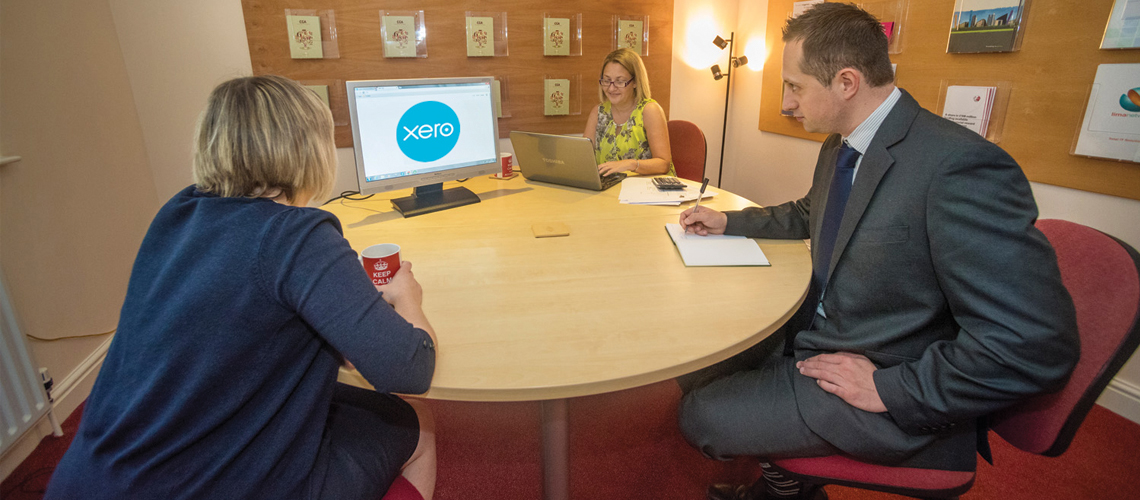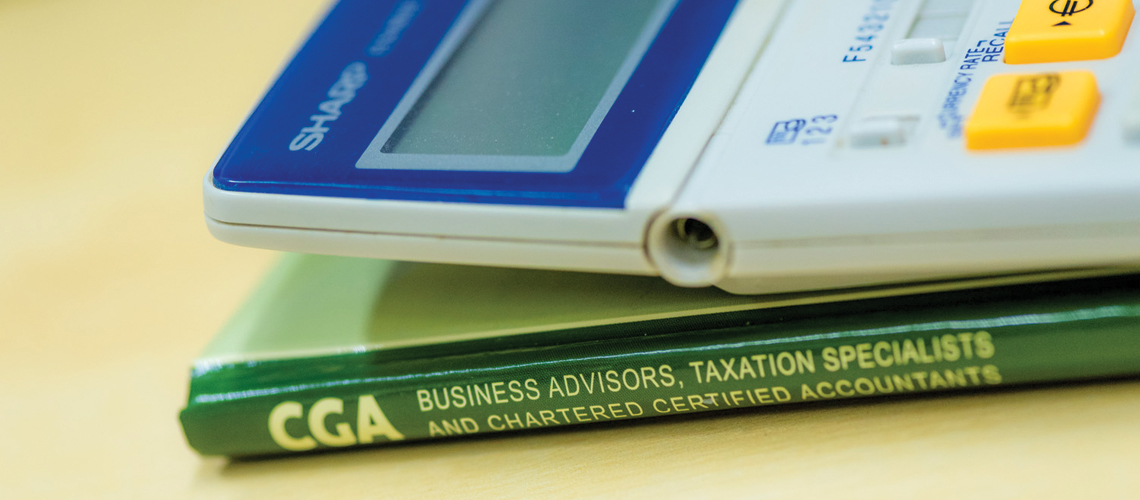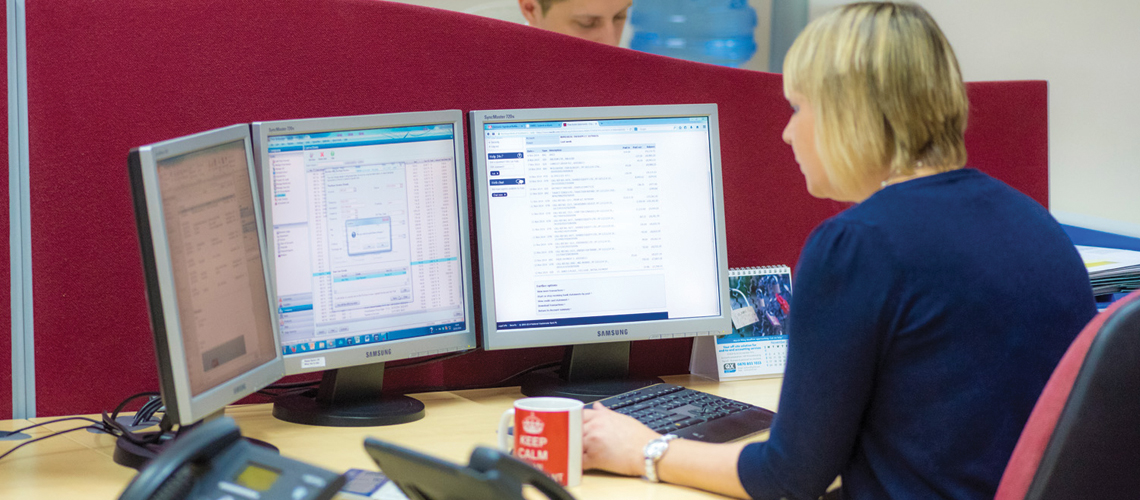We know that this is a time of unprecedented uncertainty for businesses across all sectors and we at CGA will continue to work with all clients to update, advise and provide support during this time.
We are sending out regular updates via email, sign up here.
The team are currently working from home, with Chelle and Claire working from the office. All team members can be reached by email and the office landline is the first point of telephone contact.
The office is closed to visitors. We are contacting clients to rearrange meetings to either an alternative communication option or a revised date – we apologise for any inconvenience that this may cause but are fairly sure you will be 100% supportive of this action.
Business support: new Government website
A full range of business support measures have been made available to UK businesses and employees. With frequent updates and information in different places, it can feel overwhelming at this time. A new government website has launched to help businesses find out how to access the support that has been made available, who is eligible, when the schemes open and how to apply.
The Chancellor has set out various packages of temporary, timely and targeted measures to support public services, people and businesses through this period of disruption caused by COVID-19 and continues to do so.
Financial support for businesses during coronavirus (COVID-19)
We have therefore taken the guidance as published by the government and added more specific detail to each section and will continue to update each section as more information is provided with regard to how the package of support offered by the Government will be distributed/accessed.
The links below will take you to the relevant pages on our website, which we will keep updated on a regular basis:
- Self-Employed Income Support Scheme SEISS – June 2021 UpdateSelf-Employed Income Support Scheme SEISS June 2021 Update – Fifth Grant The fifth grant will cover the period May 2021 to September 2021 – guidance… Read more: Self-Employed Income Support Scheme SEISS – June 2021 Update
- Recovery Loan Scheme – Launches 6th April 20216 April saw the launch of the Recovery Loan Scheme (RLS). Available until 31 December, subject to review, RLS provides a guarantee to lenders and… Read more: Recovery Loan Scheme – Launches 6th April 2021
- COVID-19: Coronavirus Restart Grant – Launched 1st April 2021This grant will be distributed by local councils and supports businesses in the non-essential retail hospitality, leisure, personal care and accommodation sectors with a one-off… Read more: COVID-19: Coronavirus Restart Grant – Launched 1st April 2021
- COVID19: Coronavirus Business Loan Schemes Extended – January and March 2021 UpdateMarch 2021 Update: Businesses that took out government-backed Bounce Back Loans will now have greater flexibility to repay their loans with the option to delay… Read more: COVID19: Coronavirus Business Loan Schemes Extended – January and March 2021 Update
- Business Interruption InsuranceAs the UK national lockdowns continue, we are pleased that there is some good news for hospitality and other businesses who were closed by the… Read more: Business Interruption Insurance
- Apply for a Kickstart Scheme grant: 29 or less job placementsThere has been a very welcome important change to this scheme. From 3 February 2021, employers can apply directly to the Kickstart scheme for any… Read more: Apply for a Kickstart Scheme grant: 29 or less job placements
- HMRC Deferred Payments UpdateCoronavirus VAT Deferral Scheme – January 2021 Update A new payment scheme will be opened by HMRC shortly to allow for payments of VAT originally… Read more: HMRC Deferred Payments Update
- Self-Employed Income Support Scheme SEISS – January 2021 UpdateOn 26 March 2020, the Government announced a support package for those who are self-employed or a member of a partnership and have lost income due to… Read more: Self-Employed Income Support Scheme SEISS – January 2021 Update
- COVID-19: Support for businesses that pay business rates 2021 updateBusiness Support Grants from January 2021 delivered by Local Authorities From the 5th January 2021 onwards, Local Authorities will be delivering The Local Restrictions Support… Read more: COVID-19: Support for businesses that pay business rates 2021 update
- Coronavirus Job Retention (Furlough) Scheme extendedJune 2021 Extended Coronavirus Job Retention Scheme to 30th September 2021 – Update and Refresher Background On 3 March 2021, at the Spring Budget, the… Read more: Coronavirus Job Retention (Furlough) Scheme extended
- Virtual Christmas parties will qualify for tax exemptionHMRC has confirmed that they will accept a virtual Christmas party as an event which is capable of falling within the tax exemption rules for… Read more: Virtual Christmas parties will qualify for tax exemption
- New Grant Announced for businesses forced to close in second lockdownPlease note: This information has been updated and you may be eligible for further support – please click here to find out more about the… Read more: New Grant Announced for businesses forced to close in second lockdown
- Self-employment Income Support Scheme (SEISS) Grant extendedPlease note: This scheme has been updated and you may be eligible to claim further Self-employment Income Support Grants – please click here to find… Read more: Self-employment Income Support Scheme (SEISS) Grant extended
- COVID-19: Arrangements for continued provision of services by CGAWe know that this is a time of unprecedented uncertainty for businesses across all sectors and we at CGA will continue to work with all… Read more: COVID-19: Arrangements for continued provision of services by CGA
- Job Support Scheme (JSS) – what we know so far….Second lockdown update 03/11/20: The new Job Support Scheme (JSS), which was the government’s replacement wage support scheme, had been set to launch on 1… Read more: Job Support Scheme (JSS) – what we know so far….
- Reduced rate of 5% VAT for hospitality, holiday accommodation and attractionsThe hospitality and leisure industries as we all know, have been severely affected by the Coronavirus pandemic. To help businesses in these sectors to get… Read more: Reduced rate of 5% VAT for hospitality, holiday accommodation and attractions
- Home Sweet Home – Homeworking and Tax Relief for EmployeesWorking from home may be an attractive option for some employees, however in the light of Covid, for some employees this is now the only… Read more: Home Sweet Home – Homeworking and Tax Relief for Employees
- The job retention bonus schemeHow it works and what employers should do now. HMRC has released further guidance for employers about the job retention bonus scheme, together with a… Read more: The job retention bonus scheme
- Update on Covid-19 SME Grants – Register your interest nowSmall and medium sized businesses will have access to grants of between £1,000 – £5,000 to help them access new technology and other equipment in… Read more: Update on Covid-19 SME Grants – Register your interest now
- Kickstart Scheme – A Guide for Employers?Please note: This scheme has been updated for employers with 29 or less placements – please click here to find out more. In July 2020,… Read more: Kickstart Scheme – A Guide for Employers?
- Autumn Budget 2020: when is it and what will it contain?We don’t know exactly when the Autumn Budget will be, as the Treasury hasn’t set a date. The earliest it will happen is ‘mid to… Read more: Autumn Budget 2020: when is it and what will it contain?
- COVID-19: Changes to Coronavirus Job Retention SchemePlease note: An article on the Job Retention Bonus has been posted since this article was published – please click here to view this article… Read more: COVID-19: Changes to Coronavirus Job Retention Scheme
- COVID-19: Coronavirus Job Retention BonusFurther details of how jobs will be protected through the government’s new Job Retention Bonus were unveiled by HMRC on the 31st July. The bonus… Read more: COVID-19: Coronavirus Job Retention Bonus
- VAT – a few updates – Even if your business is not VAT RegisteredMaking Tax Digital deadlines, VAT payments deferral scheme and digital links Making Tax digital will be: Extended to vat registered businesses with turnover below the… Read more: VAT – a few updates – Even if your business is not VAT Registered
- Planning for the new normalThis has and will continue to be one of the most extraordinary events to impact on our business and personal lives, things will never be… Read more: Planning for the new normal
- COVID-19: Update to Coronavirus Job Retention SchemePlease note: An article on the Job Retention Bonus has been posted since this article was published – please click here to view this article… Read more: COVID-19: Update to Coronavirus Job Retention Scheme
- [DOWNLOAD] COVID-19: Self-employment Income Support SchemePlease note: This scheme has been updated and you may be eligible to claim further Self-employment Income Support Grants – please click here to find… Read more: [DOWNLOAD] COVID-19: Self-employment Income Support Scheme
- COVID-19: Top-up to local business grant funds schemePlease note: This information has been updated and you may be eligible for further support – please click here to find out more about the… Read more: COVID-19: Top-up to local business grant funds scheme
- COVID-19: Coronavirus Bounce Back LoanMarch 2021 Update: Businesses that took out government-backed Bounce Back Loans will now have greater flexibility to repay their loans with the option to delay… Read more: COVID-19: Coronavirus Bounce Back Loan





















